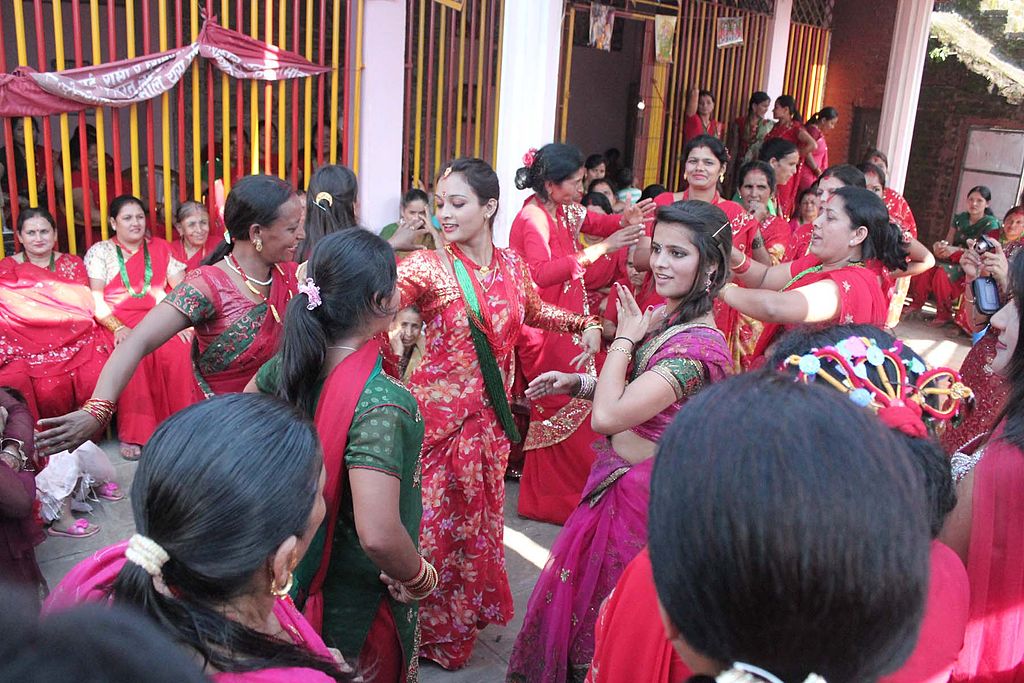Teej
Teej refers to the monsoon festivals, observed particularly in western and northern states of India, Nepal, and in some Southern states of India such a Telangana. The festivals celebrate the bounty of nature, arrival of clouds and rain, greenery and birds with social activity, rituals and customs.The monsoon rains fall on the parched land and the pleasing scent of the wet soil rises into the air. Swings are hung from trees and women dressed in green clothes sing songs in celebration of the advent of the monsoon.Teej is seen as a major festival and is celebrated on the third day of the bright half of the North Indian Lunar month of Bhadrapud. The festival women feasting during the evening of Hartalika Teej, praying to Goddess Parvati and Lord Shiva, remembering their wedding and staying up all night listening to prayers.
Teej is an important festival amongst the communities of rajasthan. Women wear nabgles and bindis. Swingsare put on trees for the entertainment of girls. Amongst the Baniyas and Marwaris, the festival is a celebration for women, especially girls who are usually given gifts like new clothes. A special lunch is organized by women for themselves. It is customary for mothers-in-law to give a new daughter-in-law a piece of jewellery on her first Teej after marriage.
Traditionally, a married woman would go to her mother's house for Teej and come back after rakhi. In this way they would spend about 10 days of the summer with their parents. It is customary that, when a daughter goes to her parents' house, she takes sweet and salty savouries with her.
Daughters spend Teej with their parents. After they come back they spend Teej for the daughters-in-law — in their marital home. Buddhi Teej normally falls within a week after it.
The first day of Teej is called Dar Khane Din. On this day the women assemble at one place in their finest attire and start dancing and singing devotional songs. Amidst all this, the grand feast takes place. What is unusual about this day is that the feast is hosted by men. Women, who work hard throughout the year, do not have to do anything that day. That is the day for them to embellish themselves in sorha singaar— dressing up and using make up to the full extent, indulge in good food, and dance. Oftentimes, because women are invited by multiple brothers for the feast, they try to dance off some food before they are ready to eat more. The food served is supposed to be rich and abundant.

No comments:
Post a Comment